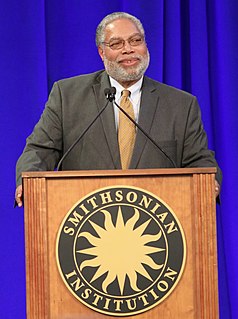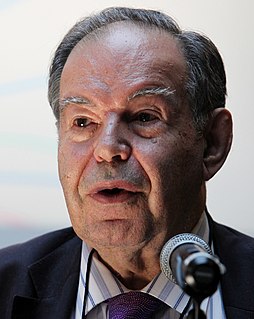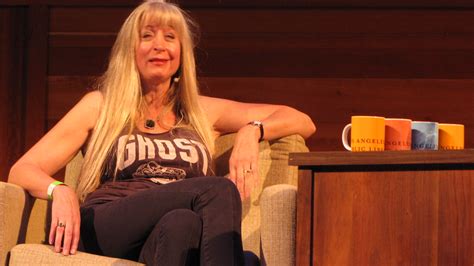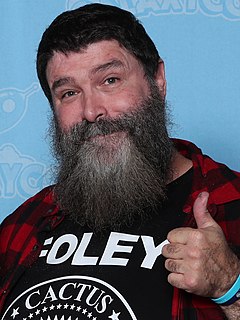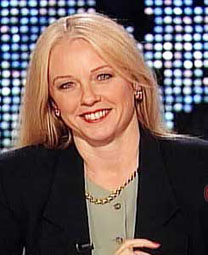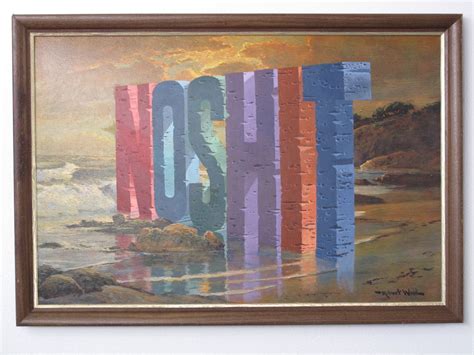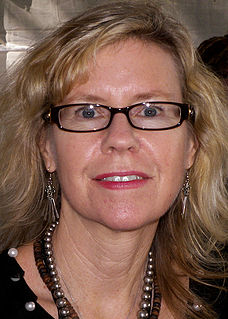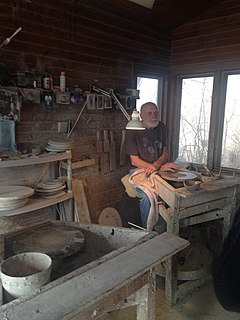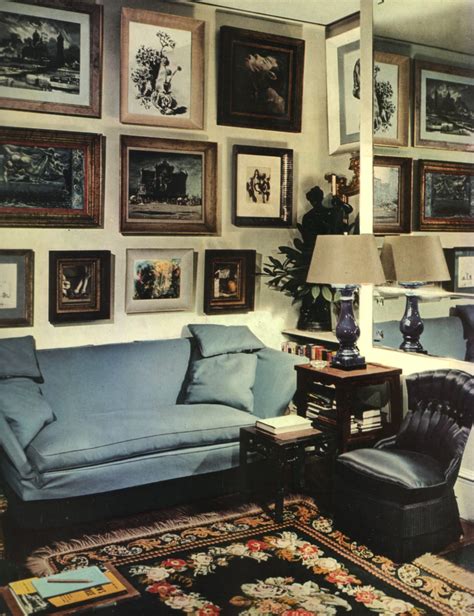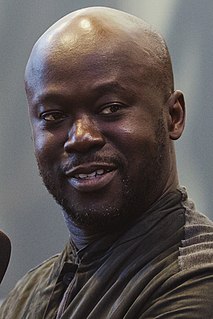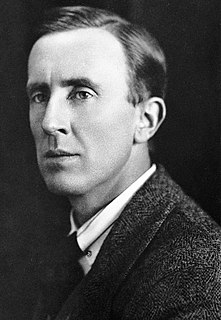A Quote by Mason Cooley
A Museum of fetishes would give special attention to the history of underwear.
Related Quotes
Fetishes are literally viewed as fake forms of attraction. The fetish concept is used to delegitimatize attraction to any and all bodies that are not considered normative. This is why people are accused to have transgender fetishes and fat fetishes and disability fetishes, but never cisgender fetishes, thin fetishes or able-bodied fetishes. Even in cases in which the person in question exclusively partners with these latter groups.
The museum in D.C. is really a narrative museum - the nature of a people and how you represent that story. Whereas the Studio Museum is really a contemporary art museum that happens to be about the diaspora and a particular body of contemporary artists ignored by the mainstream. The Studio Museum has championed that and brought into the mainstream. So the museums are like brothers, but different.


